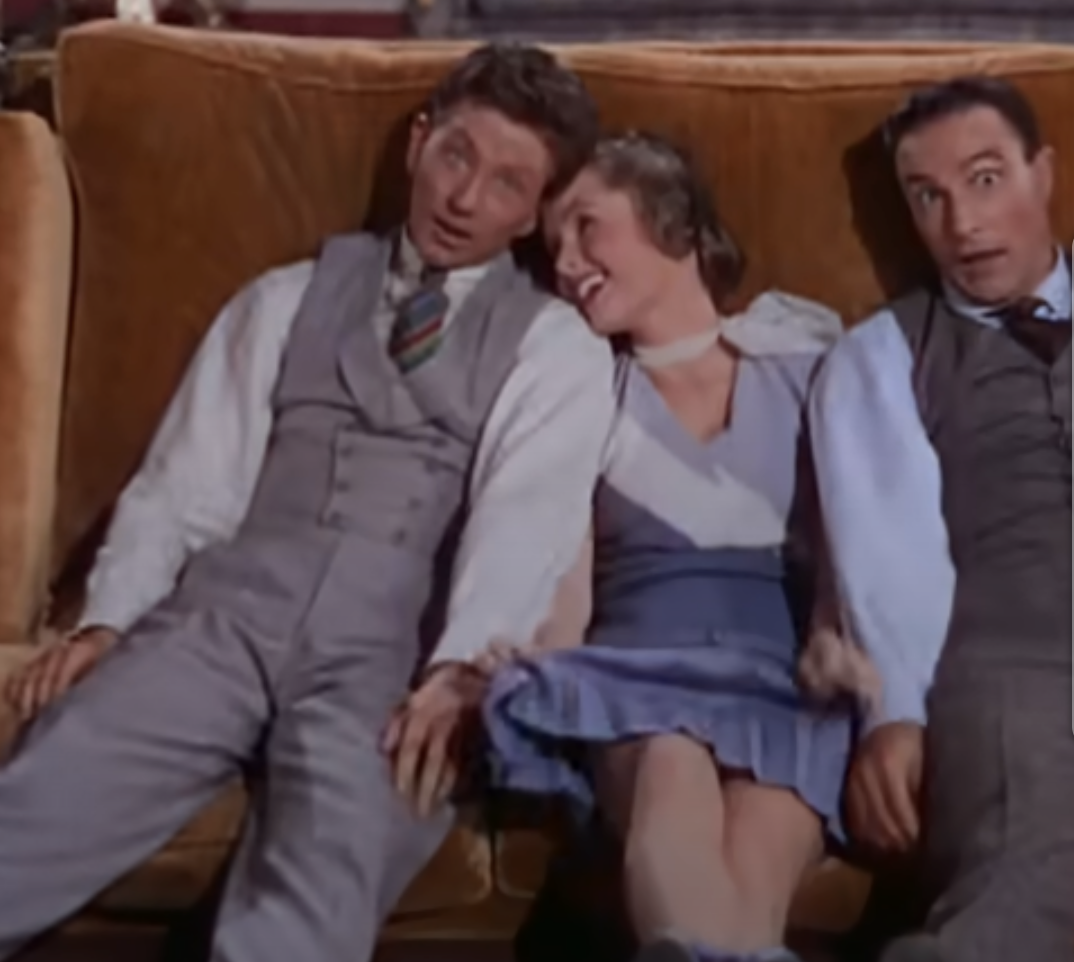The 75-minute feature film, David Holzman's Diary, has long been a favorite of mine. The distributor, Kino Lorber, has put it on YouTube in its entirety. If you plan to watch it, I strongly discourage you from reading about it first.
I used to have a list of films that I thought should have been shown to me when I was a film student (1990 - 1994). This film was top of that list and it's even more relevant today.
Digression Alert
Those already familiar with the film may remember David quoting filmmaker Francois Truffaut about Debbie Reynolds "giving herself away" with a gesture in Singin' In the Rain. Here's what Truffaut wrote:
In the three thousand films I’ve seen, the most beautiful shot is in Singin’ in the Rain. In the middle of the film, Gene Kelly, Donald O’Connor, and Debbie Reynolds, after a moment of discouragement, regain their taste for life and start singing and dancing in the apartment. Their dance leads them to leap over a sofa on which all three of them have to land seated side by side. During this dancing stunt over the sofa, Debbie Reynolds makes a determined and rapid gesture, pulling her short pink skirt down over her knees with a deft hand, so that her panties can’t be seen when she lands seated. That gesture, quick as lightning, is beautiful because in the same image we have the height of cinematographic convention (people who sing and dance instead of walking and talking) and the height of truth, a little lady taking care not to show her thighs. This all happened just once, fifteen years ago, it lasted less than a second, but it was imprinted on film as definitively as the arrival of the train at La Ciotat station. These sixteen frames of Singin’ in the Rain, this beautiful gesture by Debbie Reynolds, which is almost invisible, well illustrates this second action of films, this second life, which is legible on the editing table.
Here is that gesture:

What Truffaut is suggesting here is that Reynolds is conscious of the camera's angle and is doing her best to lower her skirt, which raised during her dancing, to cover her knees, which would have been proper when the film was released in 1952. But she's not supposed to be in a film. This is supposed to be "real life" and there's no one else in the room — certainly not a man with a camera, right?
Now, allow me to ramble for a moment on why this fascinates me.
I first saw David Holzman's Diary in 1991, when I read that it had been selected for preservation in the U.S. National Film Registry by the Library of Congress. I was previously unfamiliar with the title and the Truffaut quote, but quickly became intrigued by both. I still look for actors "giving themselves away" in their performances.
Second, you'll notice that Truffaut doesn't actually use the phrase "gives herself away" at all. Holzman read the diary and reinterpreted it in his own language and his own film language, making it even more personal when he continues by saying a woman in his own film "gives herself away. To me," when she makes a certain hand gesture.
Third, you'll notice that Truffaut describes Reynolds as wearing a pink skirt when in fact she is wearing a blue dress. She does wear a pink dress in another scene, but not one in which she jumps over a couch or adjusts its length. Is Truffaut conflating these two scenes / outfits — or simply misremembering? Or is he fantasizing?
Truffaut also doesn't account for — or completely dismisses — habit. I excuse myself when I burp in an empty room. I thank my dog when she does as I ask. Habits are powerful things. Perhaps Reynolds wasn't thinking of the camera at all when she attempted to lower her dress. Perhaps it was just habit.
1. Sit. ===> 2. Lower skirt.
Of course, there's no way to know why she did it and there's no way to know if Truffaut is conflating or if the creator of Diary is aware of his misquote. But these elements just make the concept, and Holzman's observing it and making it his own, even more fascinating to me.
Since you've read this far, why not watch the scene in full. Indeed, it's wonderful:
